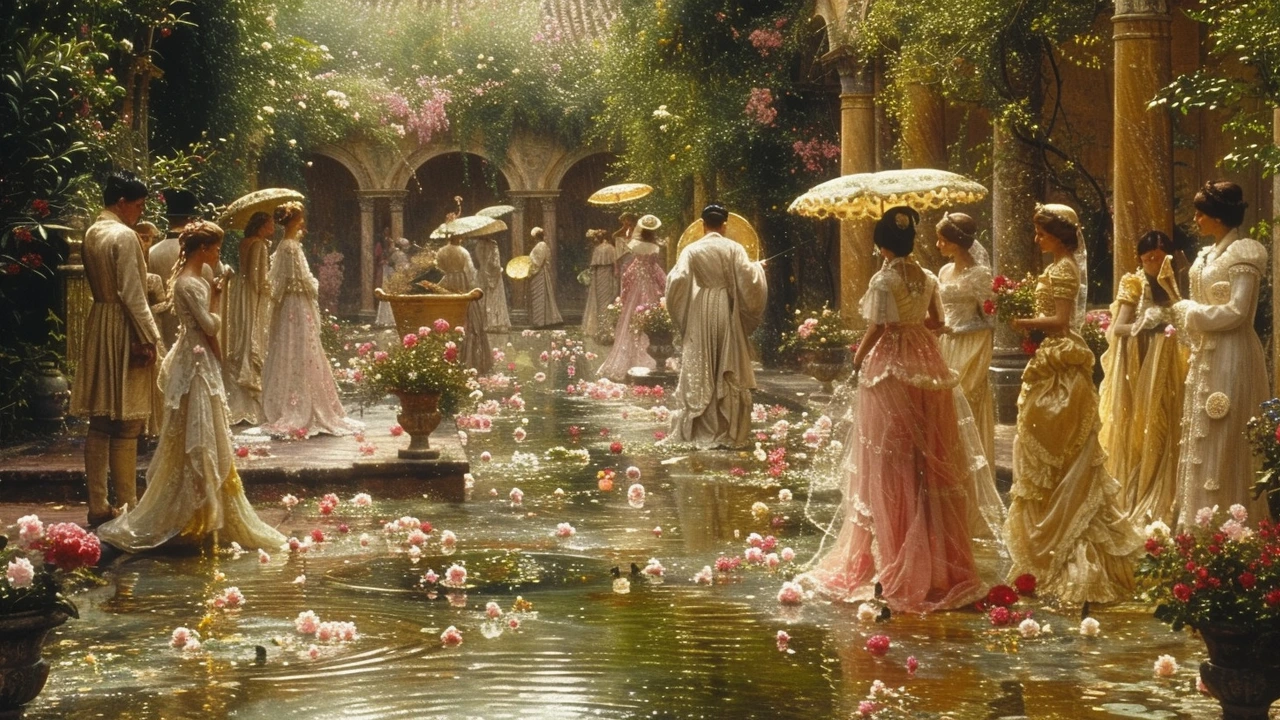Historic Blend: Where Old Meets New
When a sleek glass box sits next to a carved stone facade, that's not an accident — it's a historic blend. This approach pairs old architectural styles with modern needs. It keeps character, adds cultural value, and solves practical problems like energy upgrades or new program needs without erasing the past.
Historic blend shows up everywhere: Roman arches reframed by steel, Gothic Revival spires crowned by rooftop gardens, or a Beaux-Arts bank turned into coworking space. The goal is clear: preserve what matters, update what must change, and make the two feel intentional together.
How to spot a historic blend
Look for contrasts and continuities. Contrasts are obvious — old stone next to new glass, ornate cornices above minimalist windows. Continuities keep proportions, rhythm, or materials that tie the old and new together. Check these signs:
- Arches, columns, or cornices reused as framing elements rather than decorative afterthoughts.
- Modern interventions set back from the original facade so the historic frontage still reads clearly.
- Materials matched in tone if not in texture — warm brick paired with warm metal instead of bright chrome.
- Adaptive reuse: factories to lofts, churches to galleries — original structure becomes part of the new program.
Those small design moves prevent the mix from feeling like two separate projects pasted together. They help the building tell a continuous story.
Use historic blend at home or in your city
Want to apply this idea yourself? Start small. Keep original doors, stairs, or moldings and build modern systems behind them. If you're working on a bigger project, set new volumes back from the historic face so the old silhouette stays readable. Use lightweight modern materials for additions — glass, steel, timber — so you avoid overloading old foundations.
Preservation isn't about freezing a building in amber. Think practical: upgrade insulation, add efficient HVAC, and hide new tech within existing cavities. For public projects, keep pedestrian sightlines and maintain the scale of neighboring buildings. That preserves the street feel while letting the interior serve contemporary needs.
Look for inspiration in different eras. Ancient Roman engineering teaches how to span spaces; Gothic Revival shows how vertical lines add drama; Beaux-Arts offers lessons in civic presence; Craftsman ideas can guide human-scaled detailing. Mix selectively — borrow rhythm from one era, ornament from another, and the structure from a third — but aim for a readable result.
If you're unsure, work with an architect experienced in conservation and modern additions. Small choices — window placement, material color, and how new entrances connect to old circulation — change whether a blend feels natural or forced. When done well, historic blend keeps history alive and makes old buildings useful for today.

Renaissance Revival Architecture: A Blend of Old and New
Hey there! On today's blog, we're diving deep into Renaissance Revival Architecture, a truly unique blend of old and new. We will explore how this architectural style harmoniously combines historical inspiration with a fresh, modern twist. Grab your architectural dictionary as we delve into the distinctive aspects of this compelling style. This post is a great place for history buffs and design enthusiasts alike to learn something new!
Read more